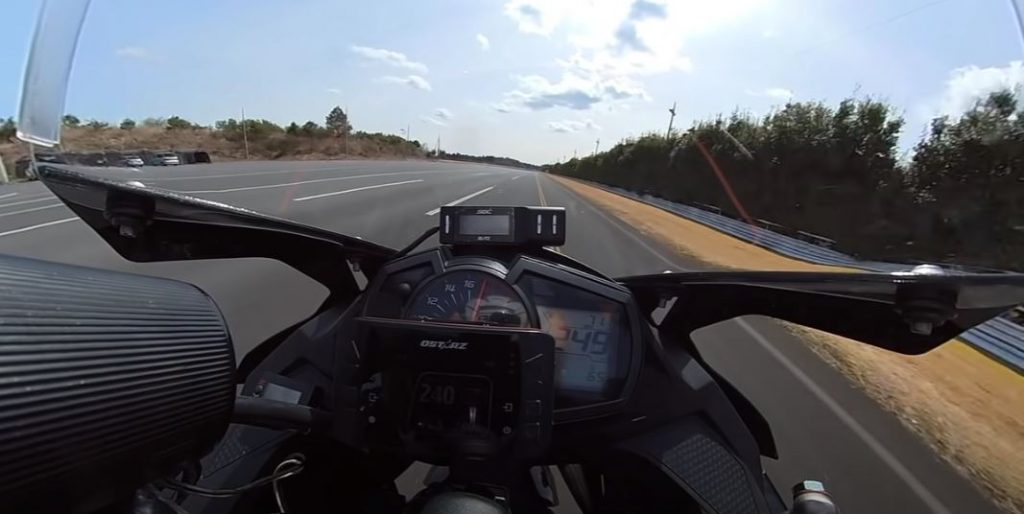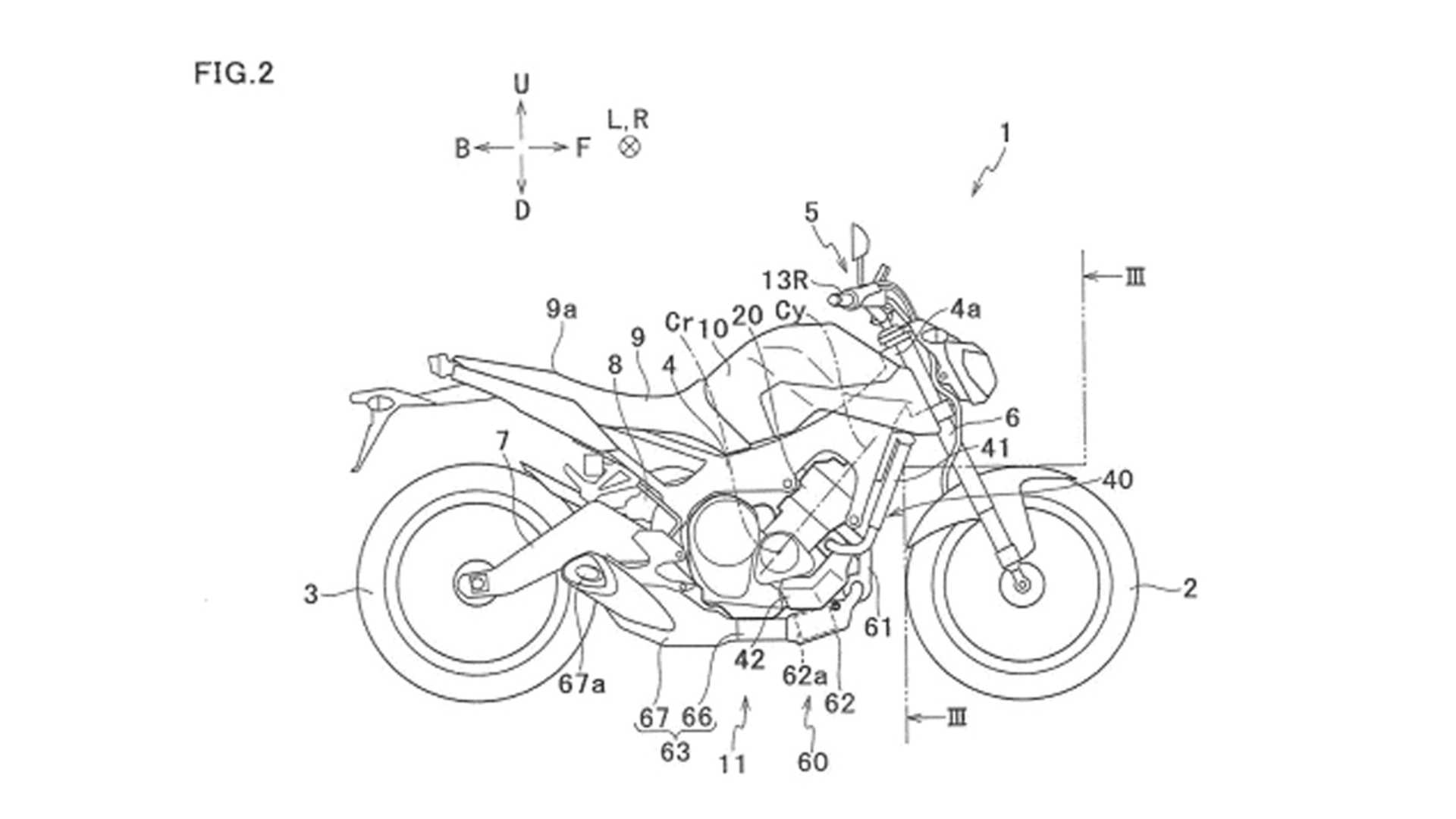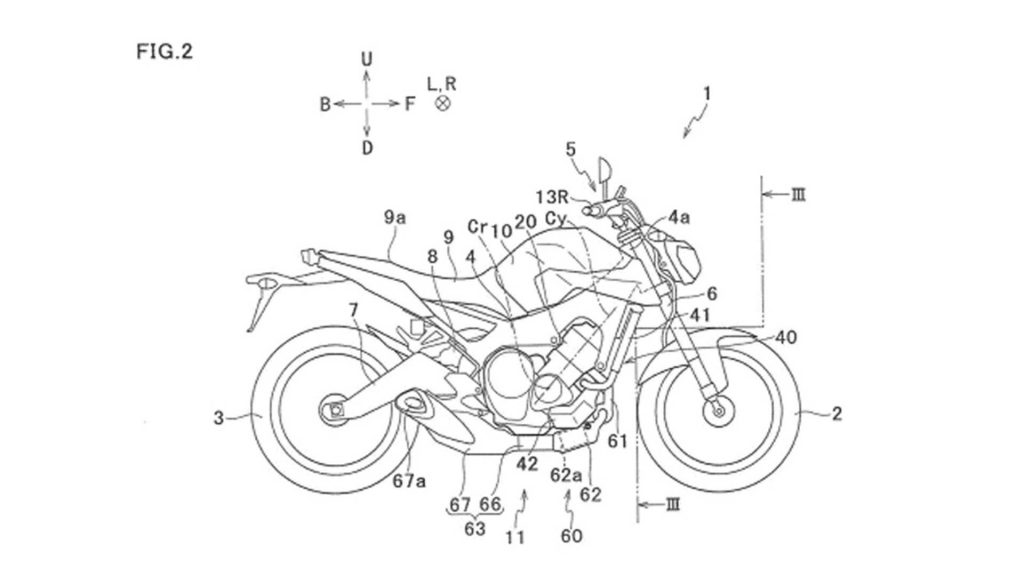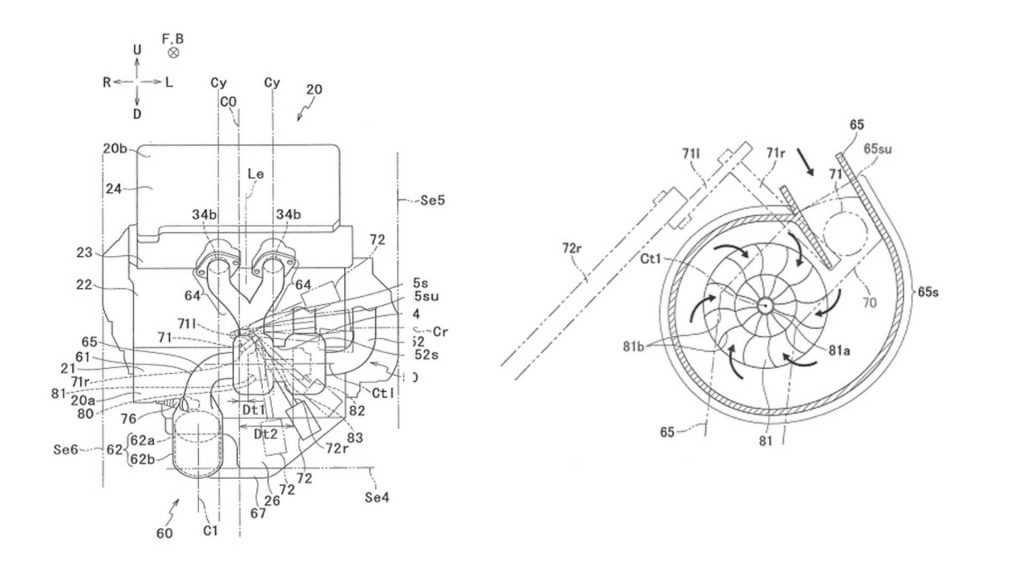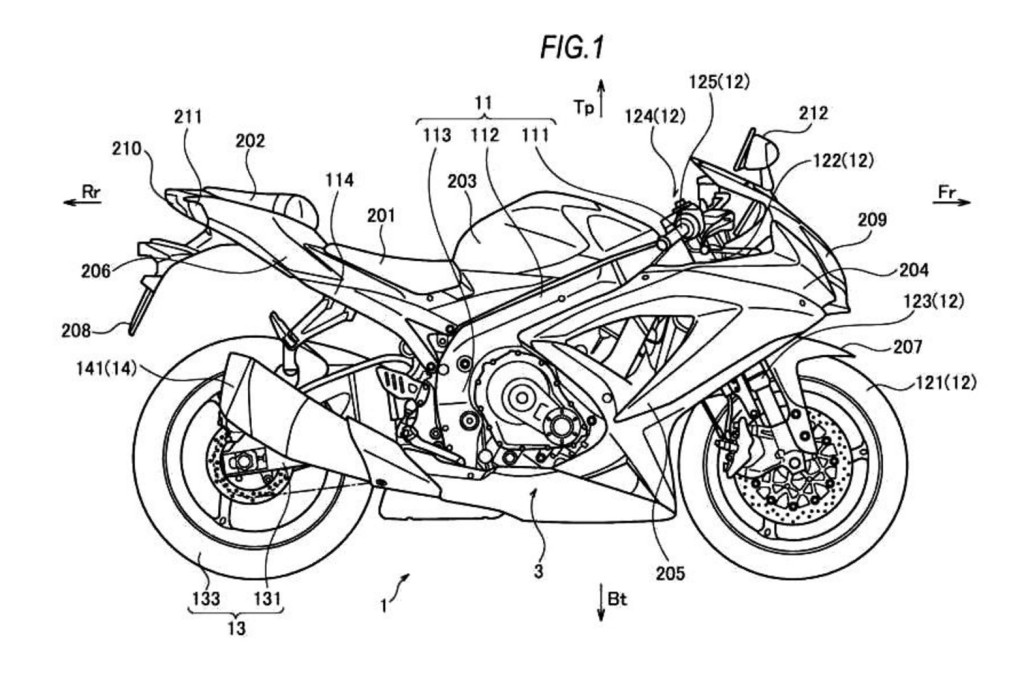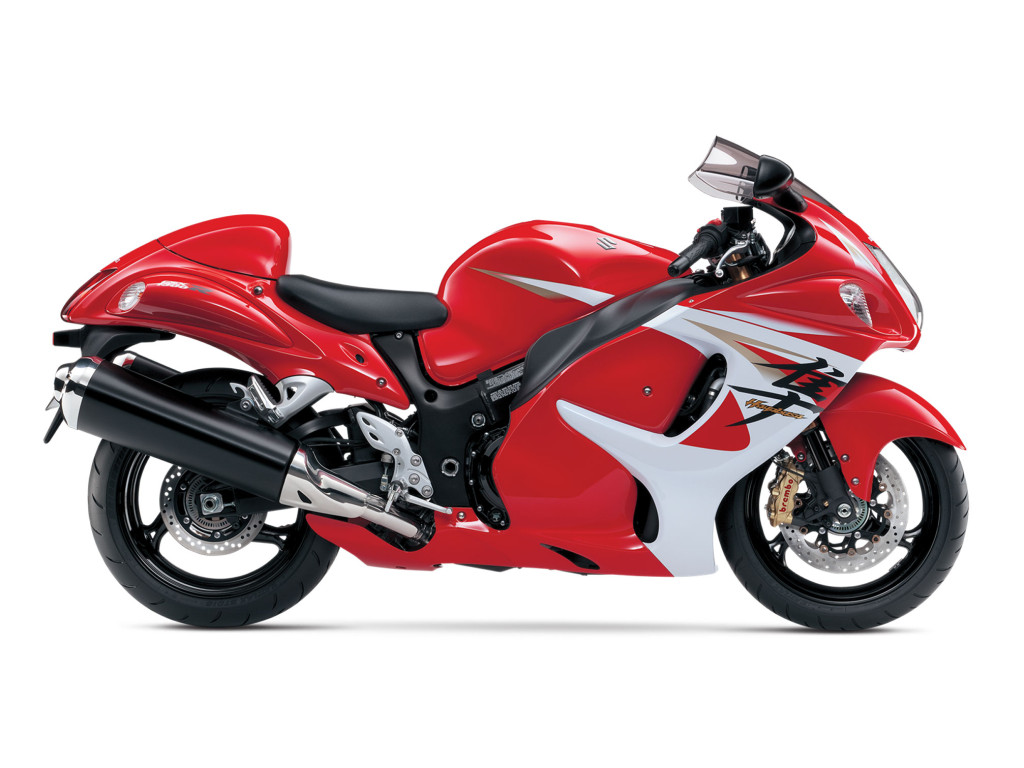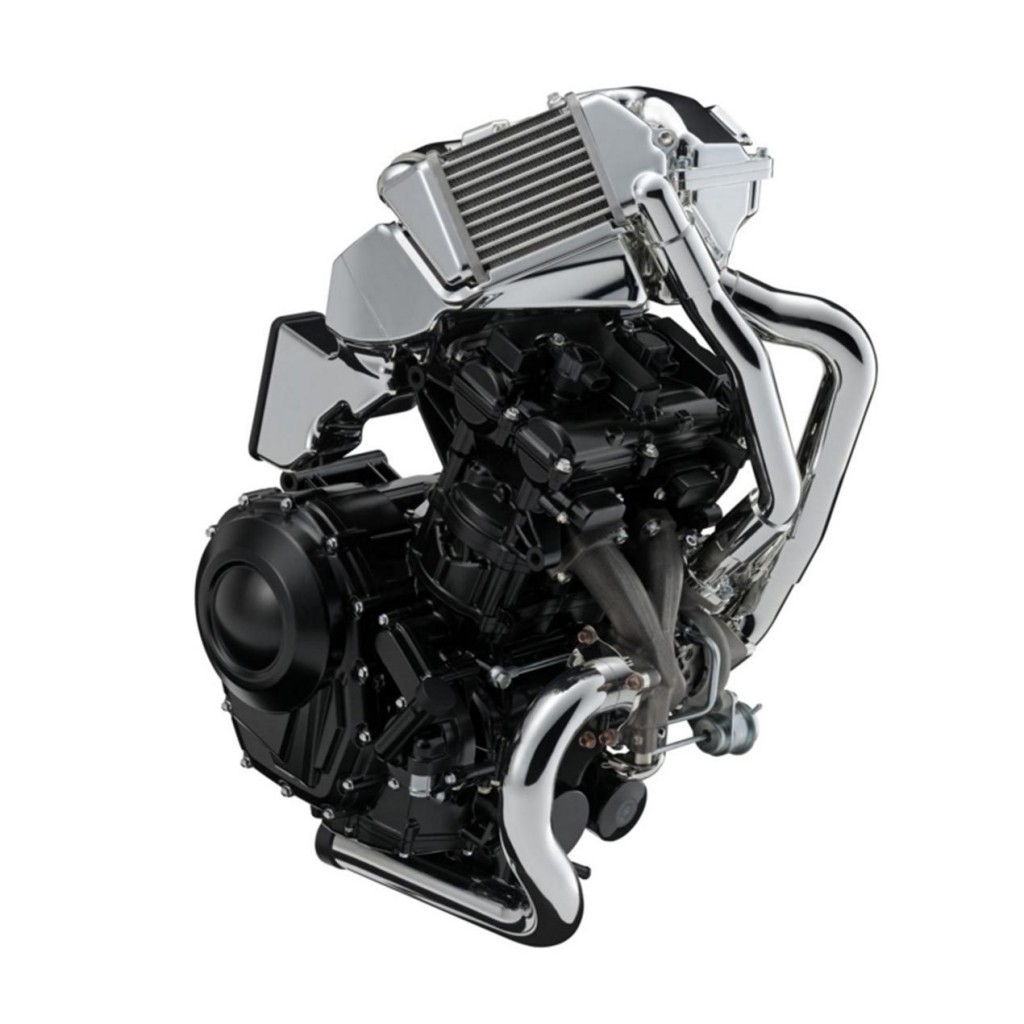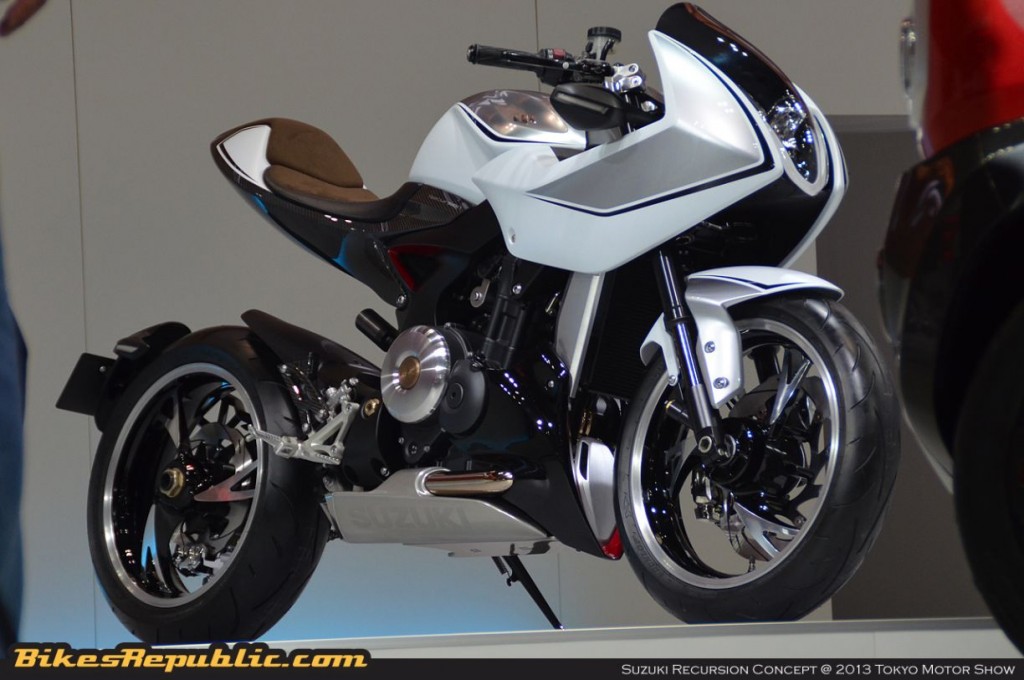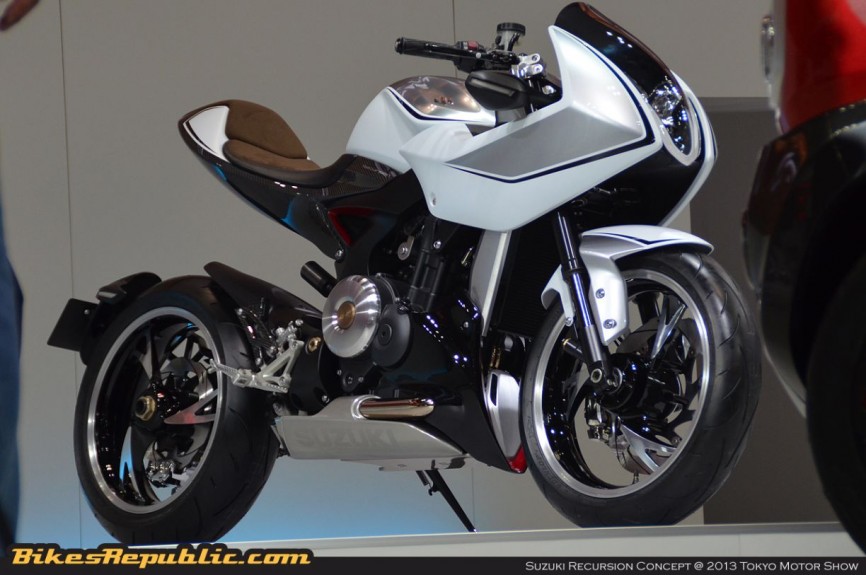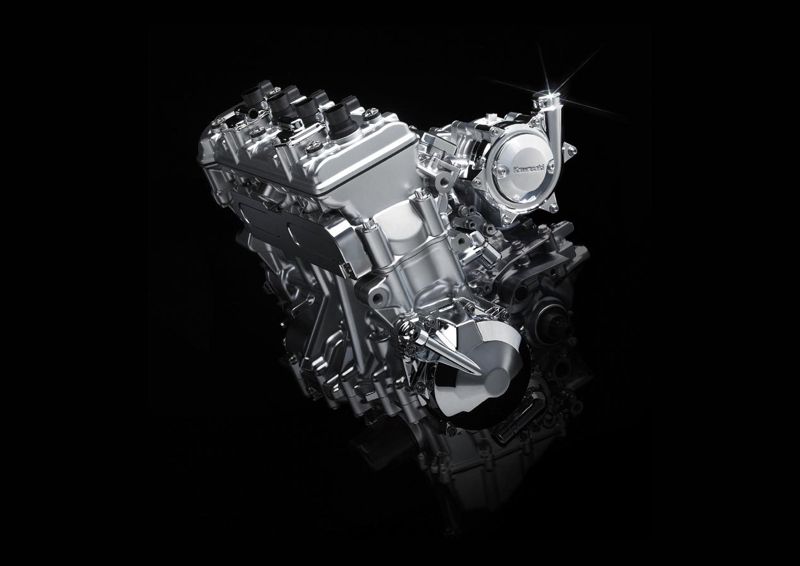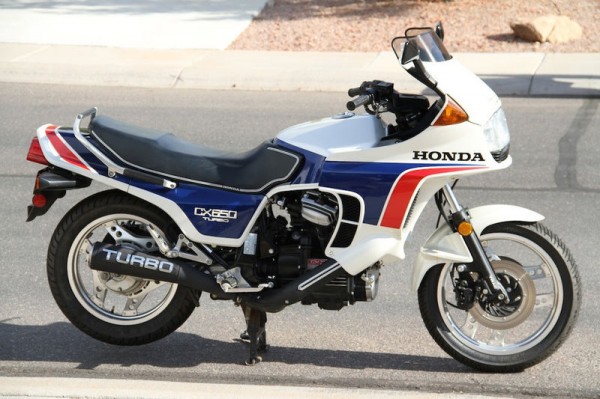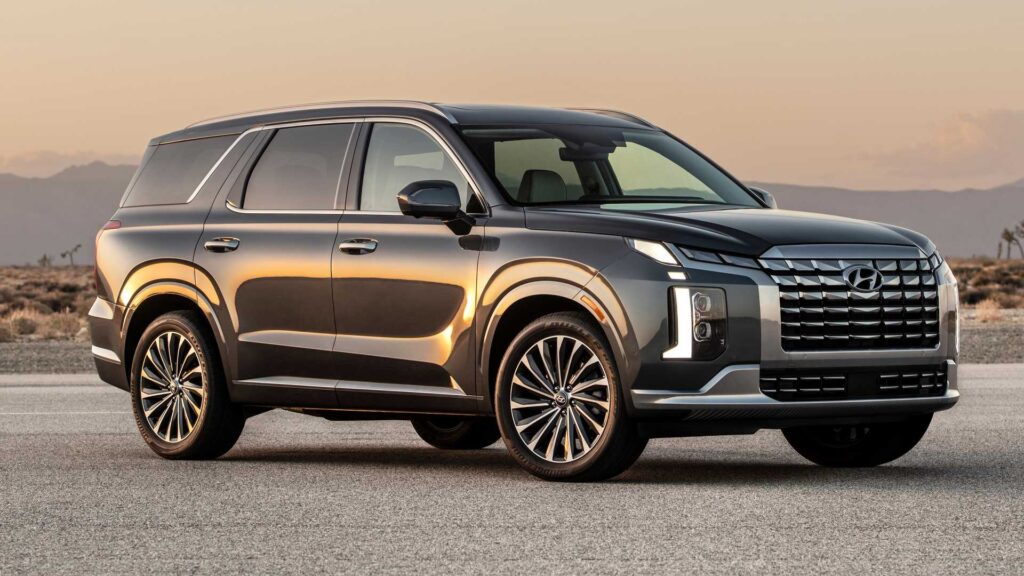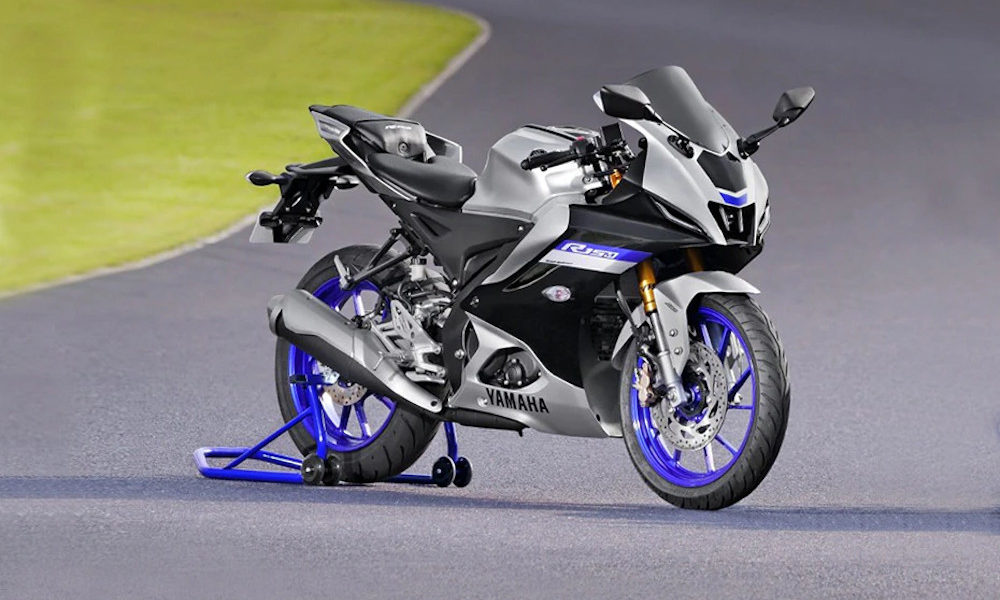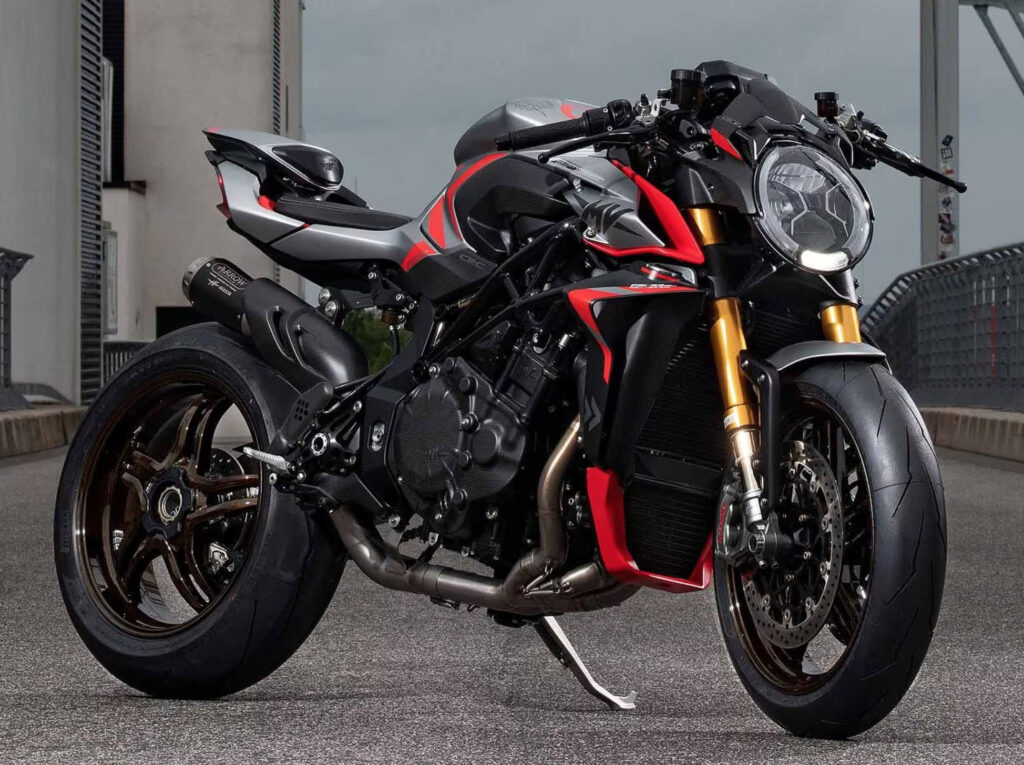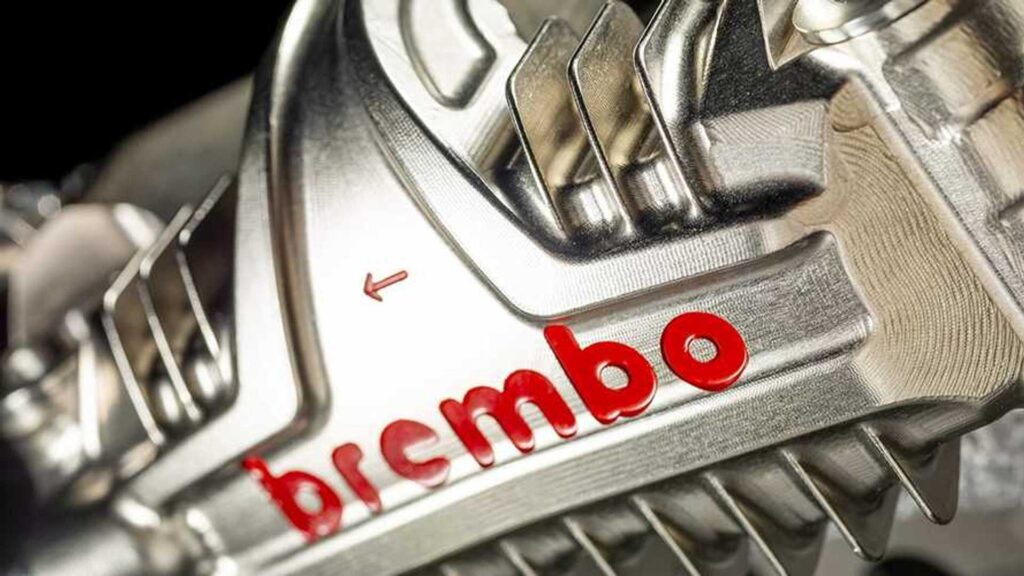Kawasaki Ninja ZX-25R kini menjadi motosikal 250cc paling berkuasa sejak dilancarkan di Indonesia, dua tahun lalu.
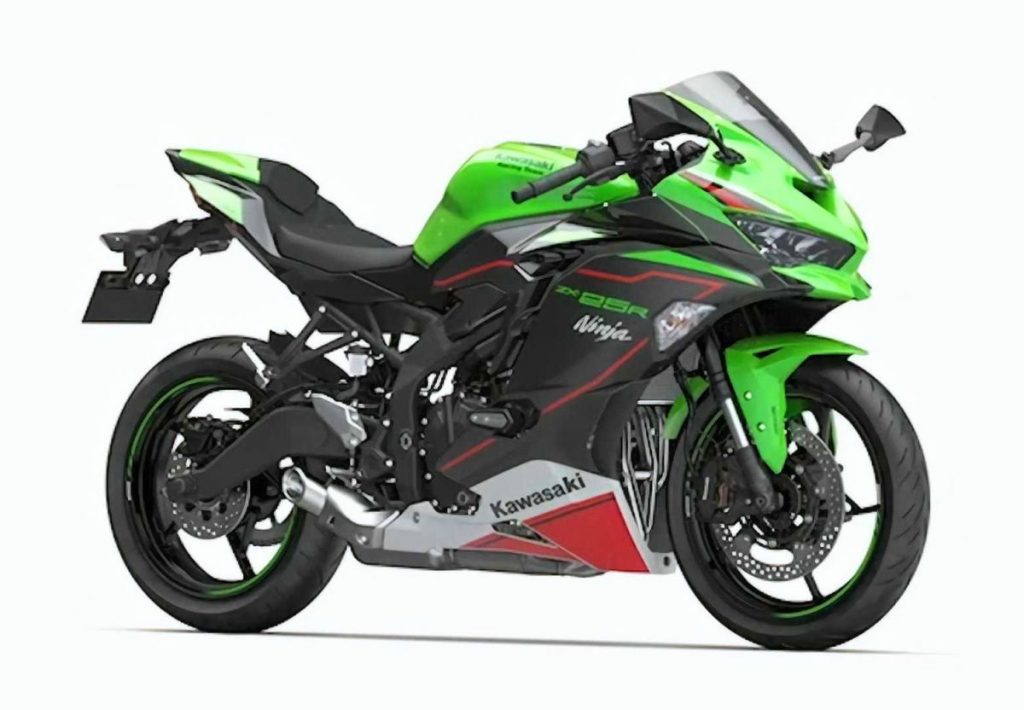
Manakan tidak, enjin empat silinder 249.8cc DOHC, 4-valve dengan penyejukan cecair itu mampu menghasilkan 50hp pada 15,500rpm dan 22.9Nm pada 14,500rpm.
Dengan enjin yang mampu ‘rev’ sehingga 17,000rpm, ZX-25R ternyata tiada lawan yang setaraf.
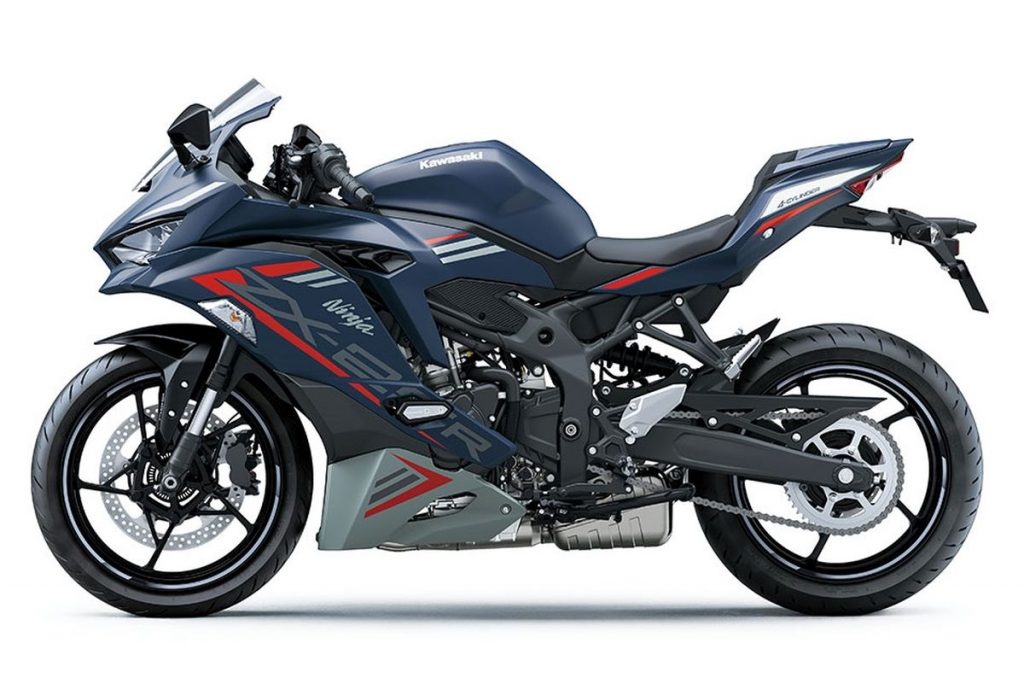
Jentera suku liter dari Kawasaki itu juga turut menghasilkan impak besar sejak dilancarkan, dengan beberapa siri perlumbaan khas bagi jentera ZX-25R telah diwujudkan di Jepun.
Bukan itu sahaja, permintaan tinggi terhadap model itu di Asia juga menyaksikan pelbagai alat ganti ‘aftermarket’ ditawarkan penjual.
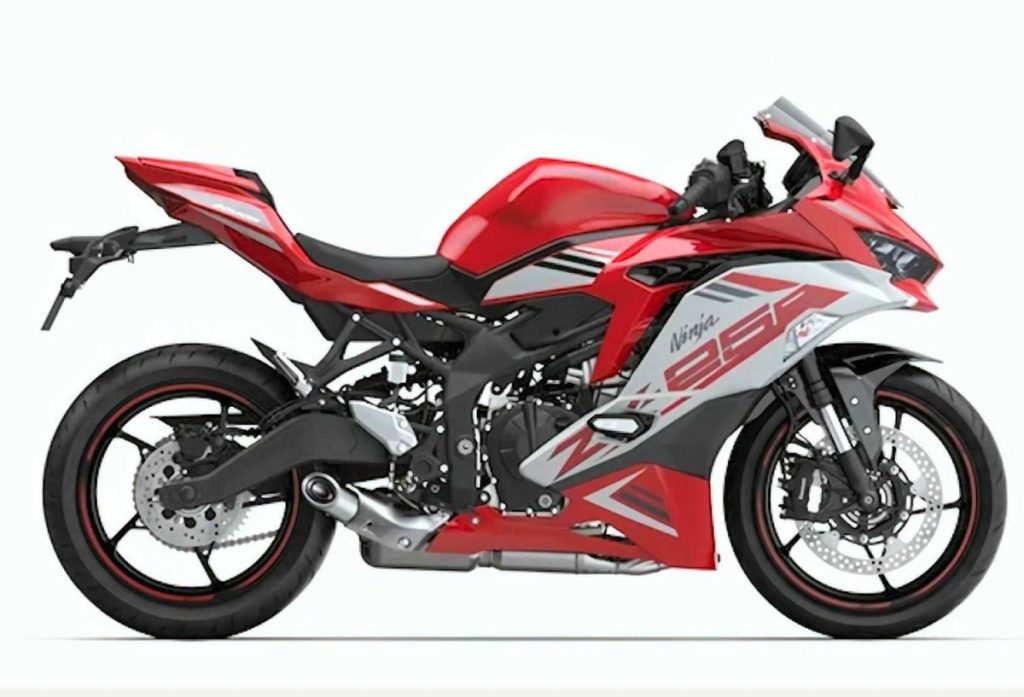
Bagaimanapun, pakej terbaru daripada pakar alat ganti ‘aftermarket’ di Jepun, Trick Star, menawarkan sesuatu yang luar biasa.
Ini kerana Trick Star kini menawarkan kit turbo khas bagi Kawasaki ZX-25R di Jepun!

Kit turbo tersebut akan menggandakan kuasa ZX-25R kepada 100hp dan mampu membantu model itu mencecah kelajuan maksima setinggi 240km/j.
Bagaimanapun, bagi yang rasa gerun dengan 100hp, Trick Star juga menawarkan kit turbo yang meningkatkan kuasa kepada 60hp naik 10hp berbanding enjin standard.
Namun, Trick Star mengingatkan bahawa kit turbo itu hanya sesuai untuk kegunaan di litar atau pameran sahaja kerana boleh melanggar standard emisi dan gangguan bunyi di tempat awam.


